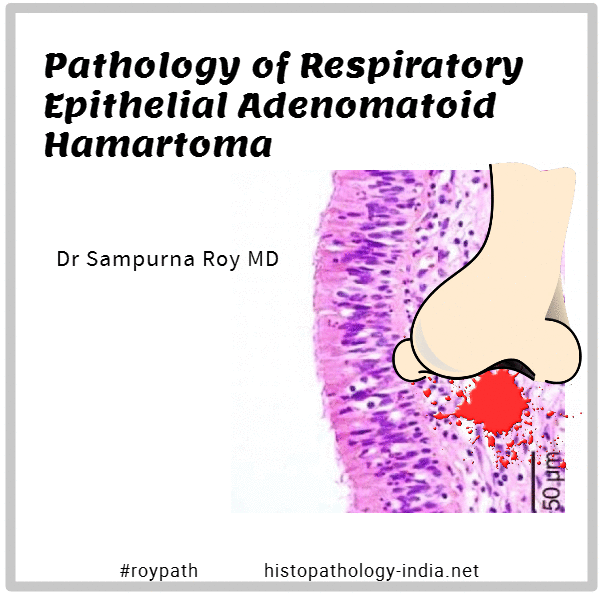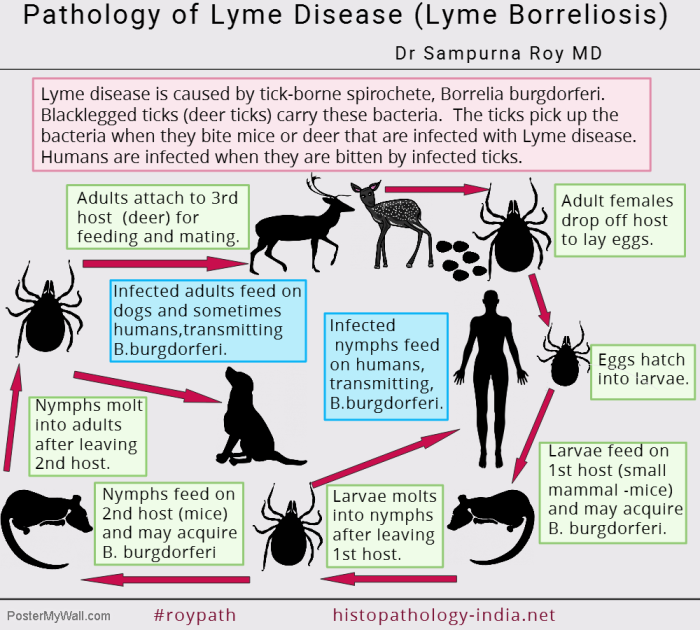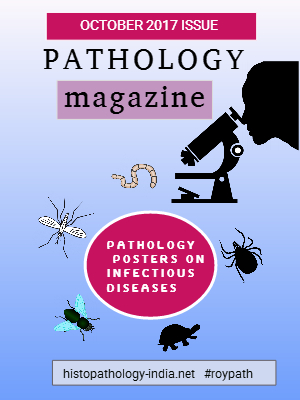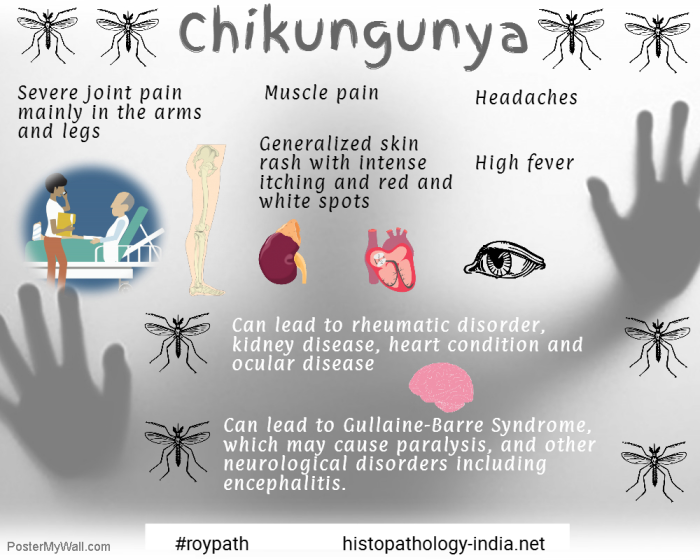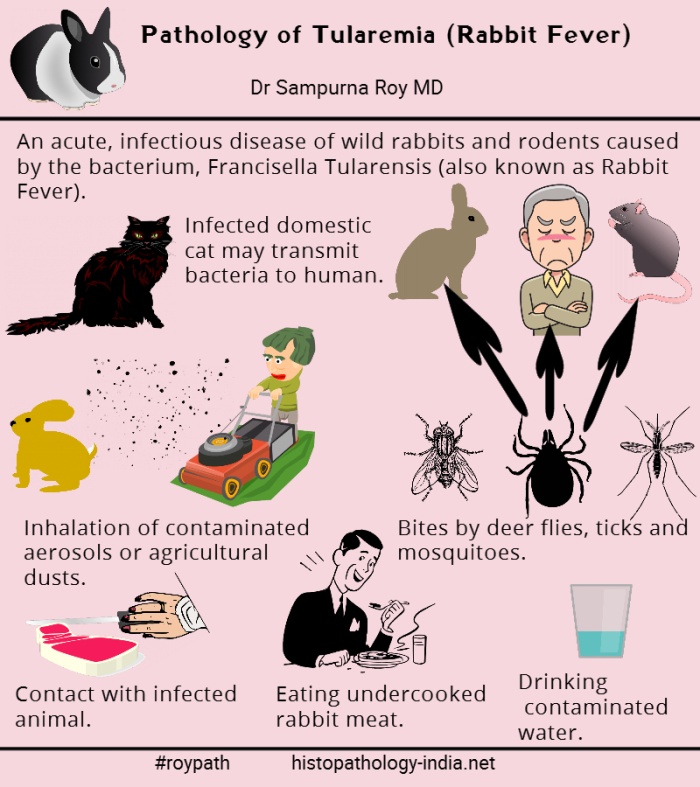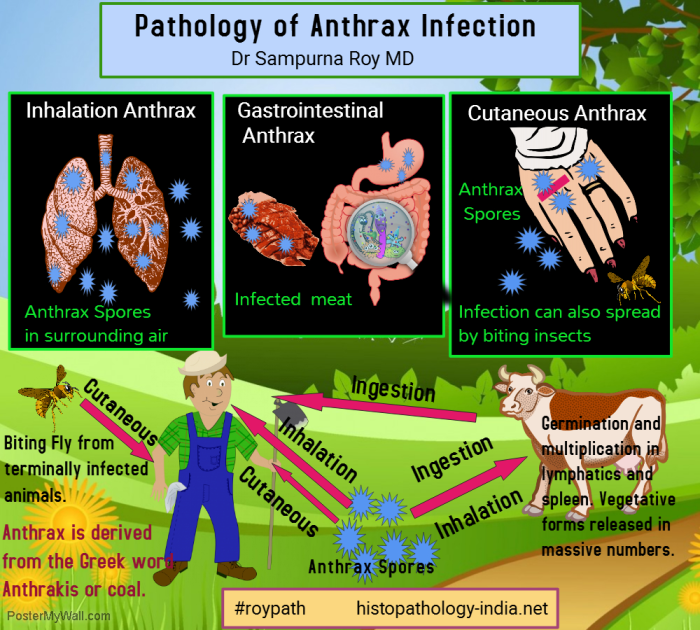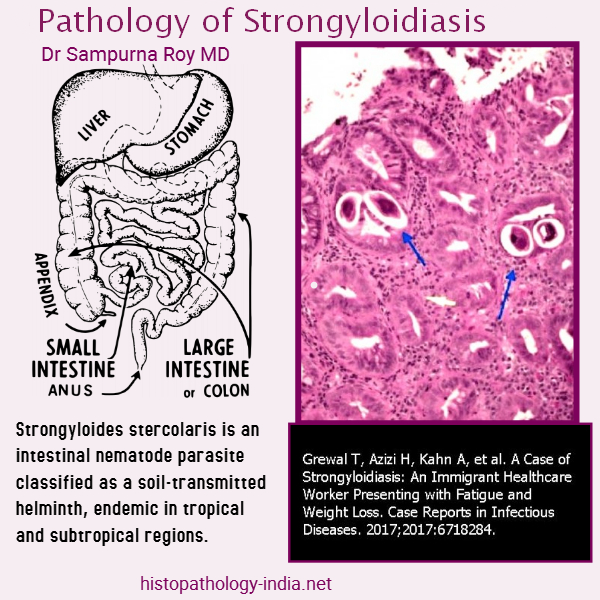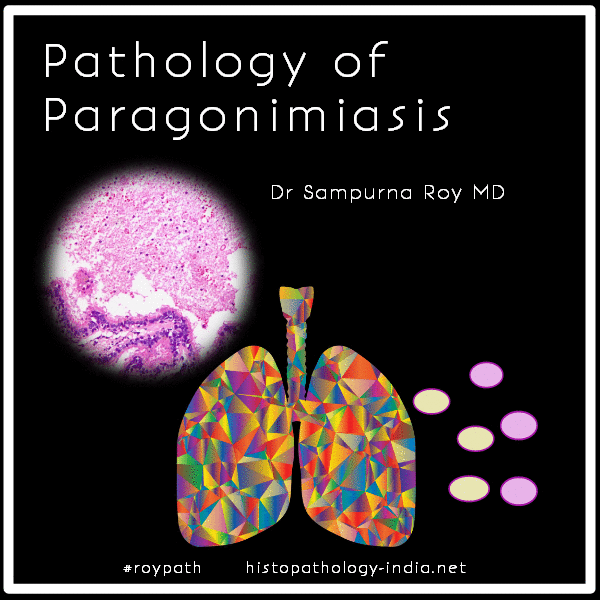REAH is an expansile mass that causes upper respiratory symptoms and discomfort mainly in adults .
Symptoms at presentation vary and are similar to those that accompany chronic sinusitis, eg, nasal congestion, nasal obstruction, headaches, facial pain, epistaxis, and hyposmia.
Endoscopy does not reveal any distinguishing features to suggest a diagnosis of REAH, and neither CT nor magnetic resonance imaging produces a specific signal intensity that can help the clinician distinguish REAH from other sinus lesions.
Distinctive histologic features of REAH include a glandular component that originates in the overlying surface respiratory epithelium and polypoid growths that represent a proliferation of respiratory epithelial adenomatoid tissue.
It is important to recognize this lesion, however, because it can be confused histopathologically with other disease processes that require a significantly different treatment approach.
Included in the microscopic differential diagnosis of REAH are inflammatory polyps , inverted Schneiderian papillomas , and well-differentiated adenocarcinoma .
Pathologists must be aware of this entity to avoid overdiagnosis and overly aggressive surgical procedures.
